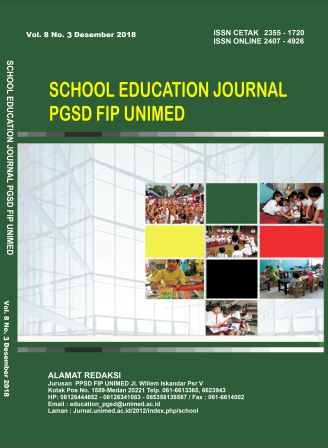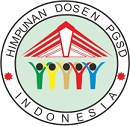PENERAPAN PEMBELAJARAN MAKE A MATCH TERHADAP HASIL BELAJAR SISWA PADA POKOK BAHASAN PERUBAHAN MATERI KELAS VII SMP
DOI:
https://doi.org/10.24114/sejpgsd.v8i3.11488Abstract
This study aims to improve student learning outcomes by using the make a match learning model on the subject of changes in class VII material in Sibabangun 2 Public Middle School. This type of research is a quasi-experimental study with two groups pre-test and post-test research designs. The population of this study was all class VII students, amounting to three classes. From the data analysis for the experimental class, pre-tests (46.50 ± 8.53) and post-tests (81.5 ± 7.85) were obtained. In the control class, pre-tests (32.7 ± 9.54) and post-tests were obtained (64.2 ± 11.41). Both data are normally distributed. The results of testing hypotheses using the one-party t test at = 0.05 and dk = 48 obtained tcount> ttable or 4.513> 2.154 then Ha is accepted, Improving student learning outcomes after being given treatment of the make a match learning model is better than conventional learning on the subject discussion of Material Changes.Keywords: Make a Match, Learning Outcomes, LearningPublished
Issue
Section
License
Authors whose manuscripts are approved are approved as follows:
- The publication rights for all journal manuscript materials published/published on the SEJ (School Education Journal) E-Journal site are held by the editorial board with the author's knowledge (moral rights remain with the manuscript authors).
- The formal legal requirements for accessing this electronic digital journal article are subject to the terms of the Creative Commons Attribution-ShareAlike (CC BY-SA 4.0) license, which means that E-Journal SEJ (School Education Journal) has the right to store, transfer media/format, manage in the form of a database, maintain, and publish articles without asking permission from the author as long as the author's name remains as the copyright owner.
- Manuscripts published/published electronically are open access for educational, research, and library purposes.













